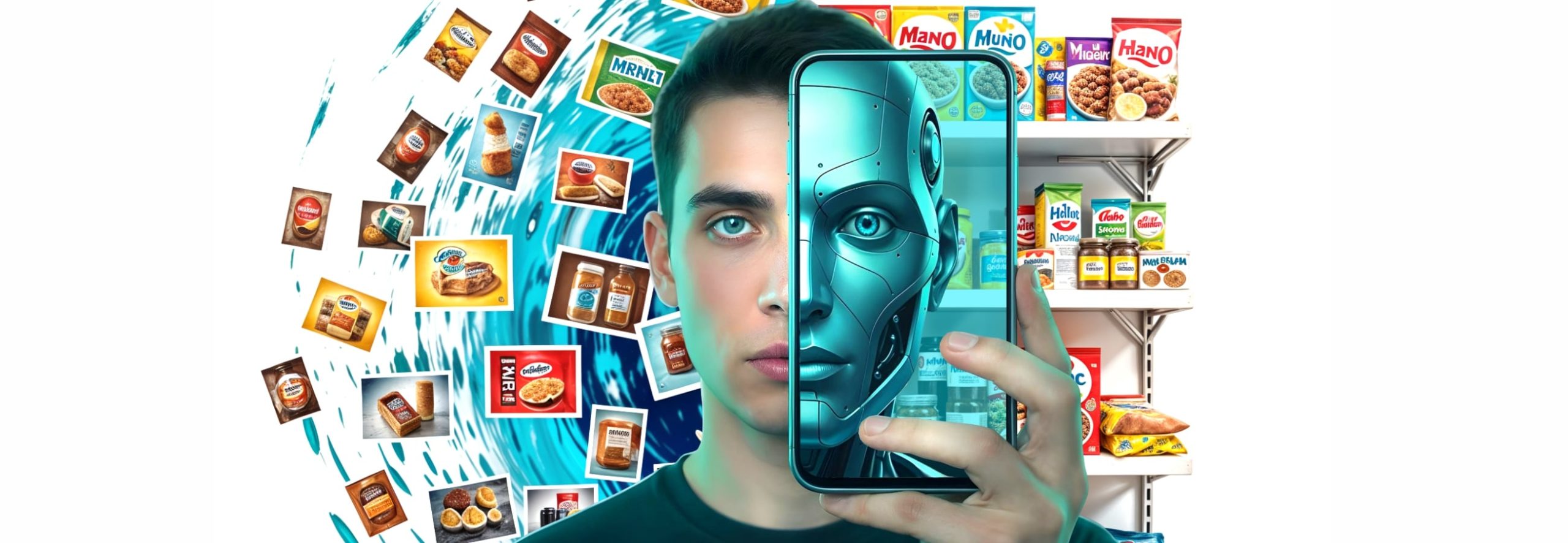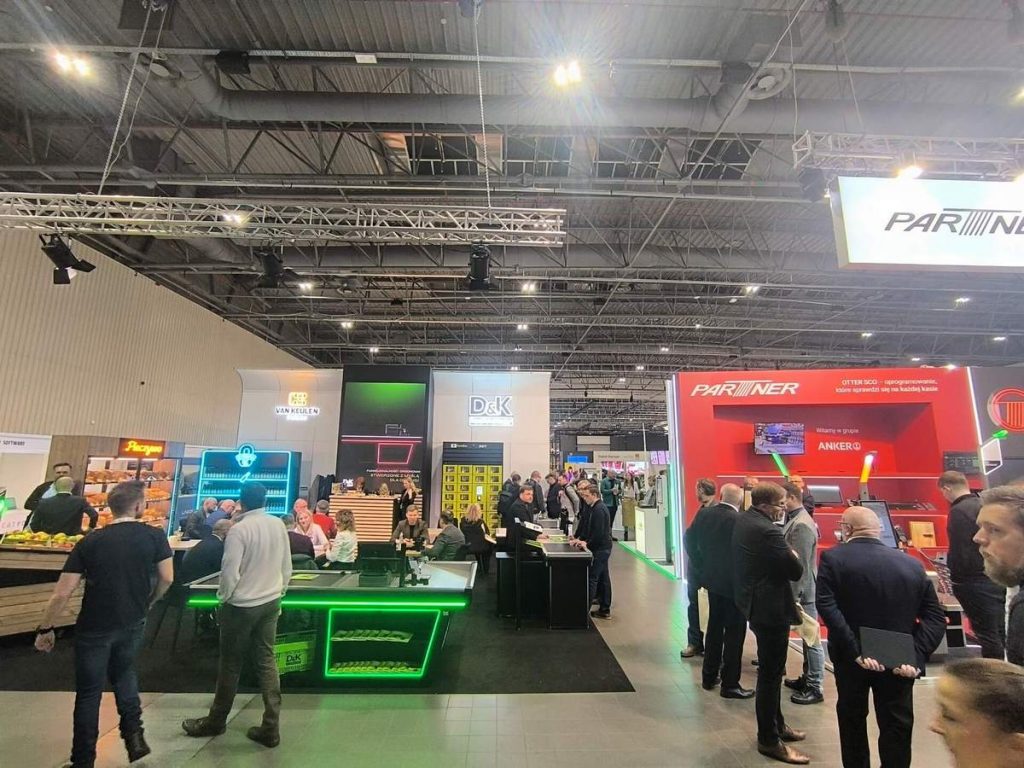Key Takeaways
1. Manual Merchandising Fails 80% of Purchase Decisions. 80% of purchase decisions depend on display quality, but traditional processes fail: managers can’t process hundreds of photos from merchandisers, leading to decisions based on incomplete data and digital fraud (old photos instead of real-time shots).
2. AI Delivers 70% Time Savings and 95-98% Accuracy. Image recognition systems verify planogram compliance, track competitor shelf share, and provide results in 30-60 seconds. One client reduced reporting time by 70%, enabling merchandisers to visit 2 additional stores daily and significantly expand service geography.
3. Automation Becomes Competitive Necessity, Not Advantage. Solutions pay for themselves within first months while providing real-time competitor intelligence and objective reports. Companies delaying implementation risk losing competitive position as AI rapidly becomes the industry standard.
Merchandising influences 80% of purchasing decisions for everyday consumer goods, making display quality and retail point control critically important. But growing competition is forcing companies to seek new approaches, as businesses demand operational efficiency with limited resources.
Today, most FMCG companies and merchandising agencies work the old way: merchandisers send hundreds of photos, managers can’t process them all, and decisions get made based on incomplete information. Hiring more supervisors means increased costs without guaranteed results.
Artificial intelligence is completely transforming the approach to merchandising process management. Modern AI solutions don’t just automate data collection — they create new opportunities for merchandising agencies and FMCG manufacturers that help expand client bases and scale services.
Table of Сontents
Quality Data Processing with Goods Checker: From Chaos to Clear Insights

Traditional merchandising operates on a “snap-send-forget” principle. Merchandisers send blurry photos, pictures of their feet, and incorrectly filled forms. Digital fraud is common — uploading old photos from galleries instead of real-time shots. Managers physically can’t review all images and compile reports based on incomplete information.
Goods Checker solves these problems through process automation. The system analyzes every shelf photo, recognizes products, checks their placement, and compares against planograms. Verification follows predetermined rules: does the planogram match reality, what shelf share do your products occupy? Goods Checker also monitors merchandiser work quality and helps prevent fraud, ensuring data is complete, current, and reliable.
The system tracks not only your products but competitor merchandise too, including their shelf share. Merchandisers see verification results within 30-60 seconds, while managers get access to detailed reports immediately after photo upload.
Accumulated data reveals which display strategies work best, which stores have recurring issues, and where competitors are most active. Visualization tools transform data arrays into understandable charts for quick analysis.
Staff Transformation: Time Savings and New Opportunities

Automating routine tasks saves merchandisers work time, opening new business opportunities. Merchandisers can visit additional retail points or perform expanded tasks at existing ones: conduct competitor audits, check promotional materials, do inventory. FMCG companies can also offer clients additional services, like competitor analytics.
One of our clients reduced reporting time by 70% after implementing Goods Checker, enabling merchandisers to visit two additional stores daily and significantly expand service geography.
Image recognition provides serious technological advantage over competitors still relying on manual processes. The ability to provide accurate real-time data, detailed competitor analytics, and objective reports becomes a compelling argument in negotiations with new clients. Companies can demonstrate modern work approaches and higher service levels.
Automation — The Industry's New Standard

AI solutions give companies measurable results that directly impact profits. After all, customers spend more in stores with thoughtful merchandising.
Image recognition technologies are rapidly becoming the industry standard and help organize displays intelligently. Companies that delay implementation risk losing competitive position and clients.
Modern solutions are accessible, quick to implement, and pay for themselves within the first months of use. The transition to automated processes isn’t about technology — it’s about strategic business planning.
FAQ
Image recognition in retail uses AI and computer vision technologies to automatically identify products, prices, and shelf layouts from photos or video streams. It helps FMCG and retail companies ensure accurate shelf monitoring and planogram compliance.
It provides real-time visibility into product placement, stock levels, and pricing accuracy. This enables faster decision-making, reduces manual audits, and ensures that promotional campaigns are executed correctly in every store.
Key benefits include improved shelf availability, reduced out-of-stock incidents, enhanced sales analytics, faster merchandising checks, and better operational control across multiple retail locations.
Modern AI systems can reach 95–98% accuracy in recognizing products, even in complex store environments. Accuracy depends on lighting, camera quality, and model training data.
They can begin with pilot projects on a limited store group, using existing shelf images or photos collected via merchandisers. Integration with existing ERP or BI tools helps scale the solution efficiently across regions.




